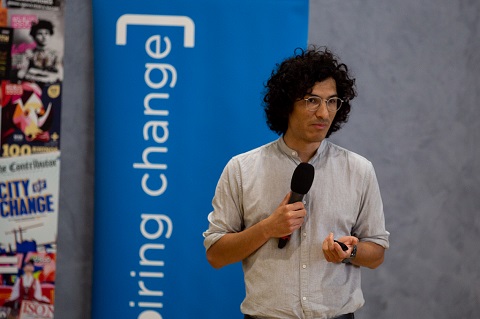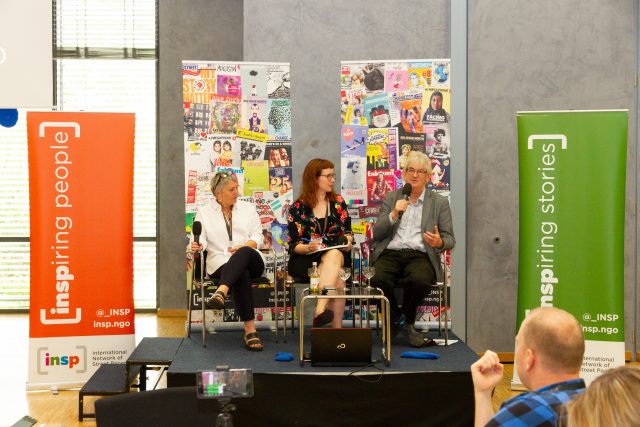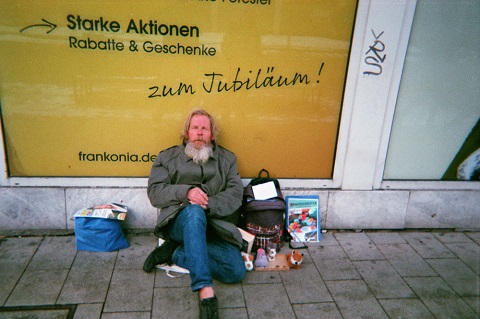The second day of #INSP2018 was all about learning and strategizing how street papers – a network which relies on print publications for their vendors to buy, sell and earn a living – can adapt to the changing face of the media industry as it becomes more and more digital.
The opening session of the day showed delegates what INSP itself was doing to bring street papers into the 21st century – by compiling and understanding the data it has accumulated over the years from its members.
INSP is the only organisation in the world that has access to extensive data on street papers. In order to find a way to use it, INSP teamed up with Sarah Murdoch, senior information analyst with NHS Scotland, thanks to a Scottish Government analytical exchange programme, to begin a long term project to present and interpret that data.
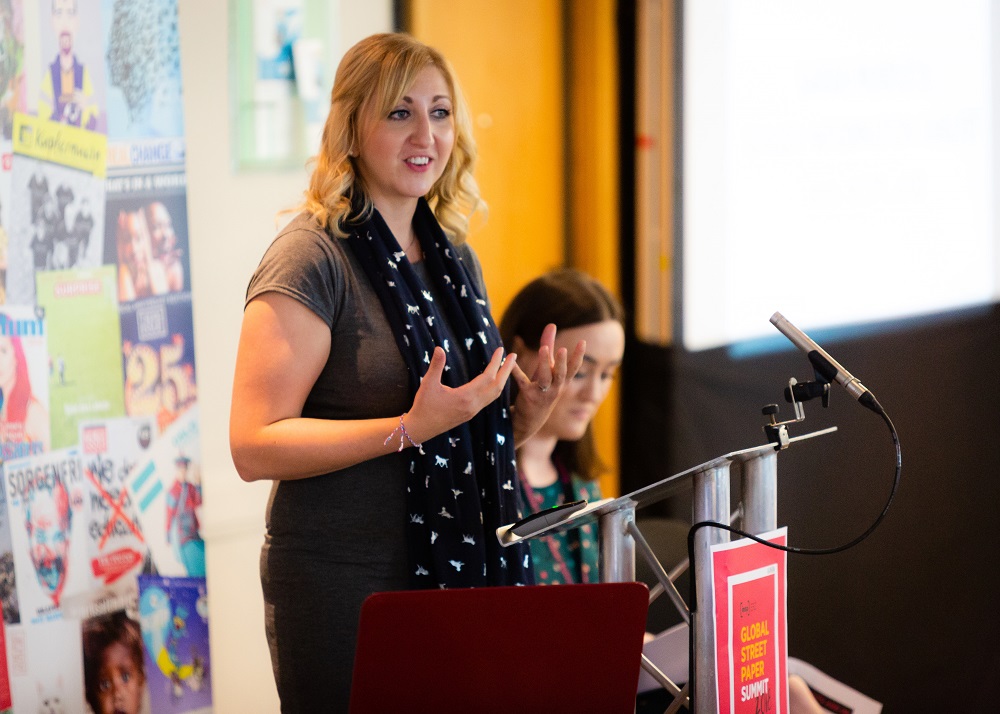
Only a snapshot of that deep well of data was presented at #INSP2018, but it still made an impression. Fay Selvan, INSP chair and Big Issue North CEO, said: “Bucking the trend of the decline in print media, street papers are increasing circulation and putting £24 million into the pockets of some of the poorest people across the world.”
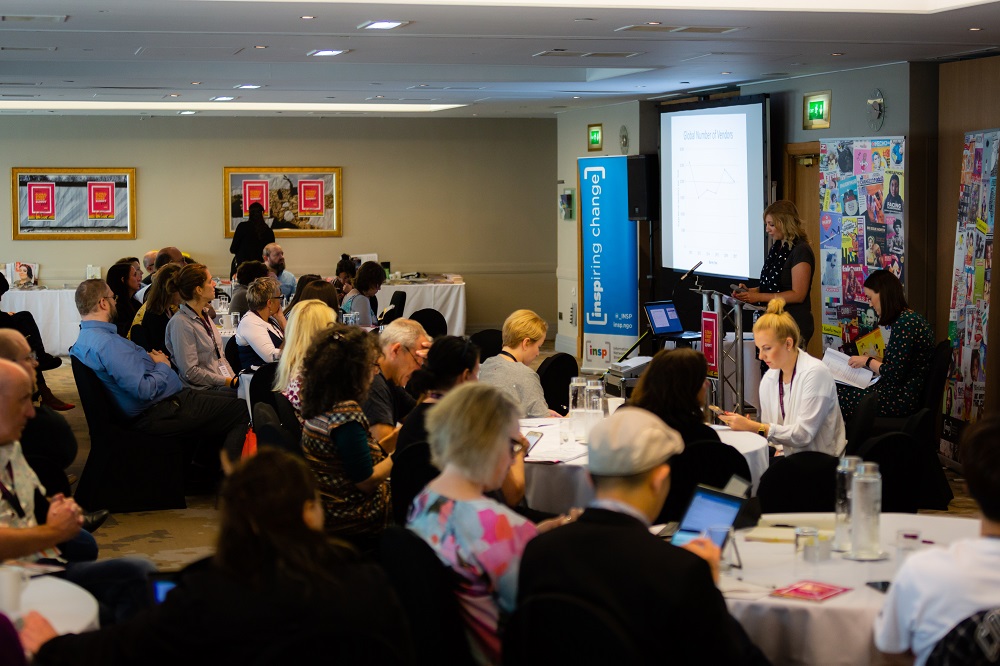
To further explore the rapidly transforming way we consume information, a panel discussion, chaired by director of digital collaboration at Glasgow Caledonian University, Julie Adair, engaged individuals from different sections of the world of media and journalism on how they are using digital storytelling to further their platform.
Big Issue editor Paul McNamee was joined on the panel by community editor for Scottish newspaper The National, Shona Craven, head of storytelling at Third Sector Lab, Rosie McIntosh, and Grant Gibson, deputy managing director at creative marketing agency Bright Signals. All brought a fresh, and contrasting, perspectives to the issues being discussed.
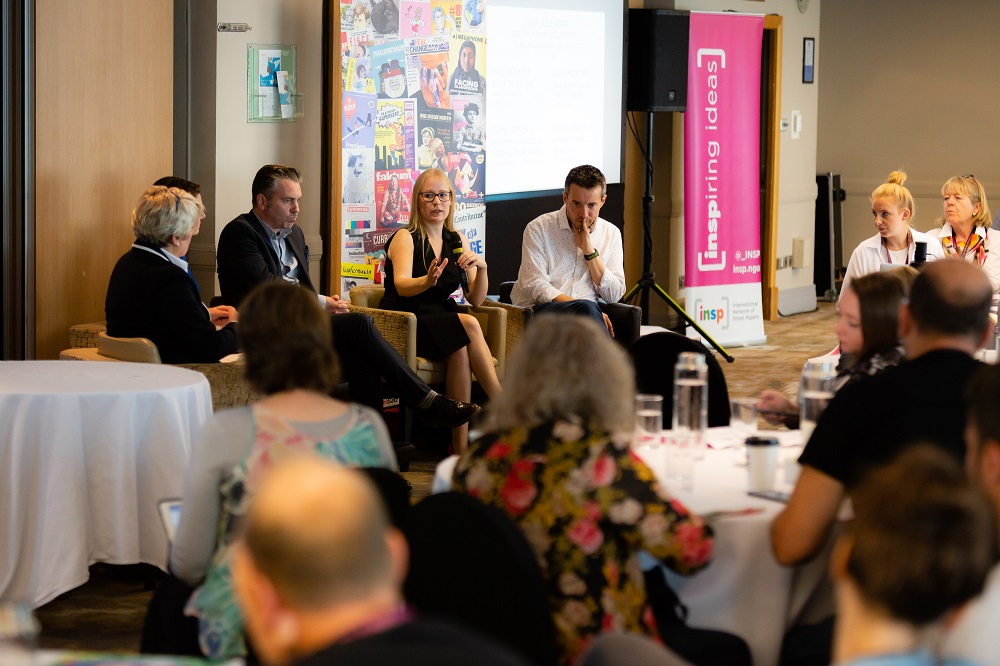
McNamee said: “We are living in an age where the journalists we hire now are of a generation that know how to file on mobile phones as well as any other way – they are totally digital.
“The key thing about digital and print is not to think in terms of separation but in how we can bring them together.
“Ultimately, it’s always about content; you’re just serving it on different plates. Although, I personally like my plates old and made of paper.”
Craven explained that the platform hasn’t altered the core methods journalists use: “No matter how your telling stories, it always comes back to the same basic skills and questions we learn as journalists.”
Using the example of vendor profiles, a feature that is ubiquitous across street papers, McNamee added: “Vendors are key – they open and close the magazine every week. Each time we tell their story, the format has been the same, even when what’s being said is different.”
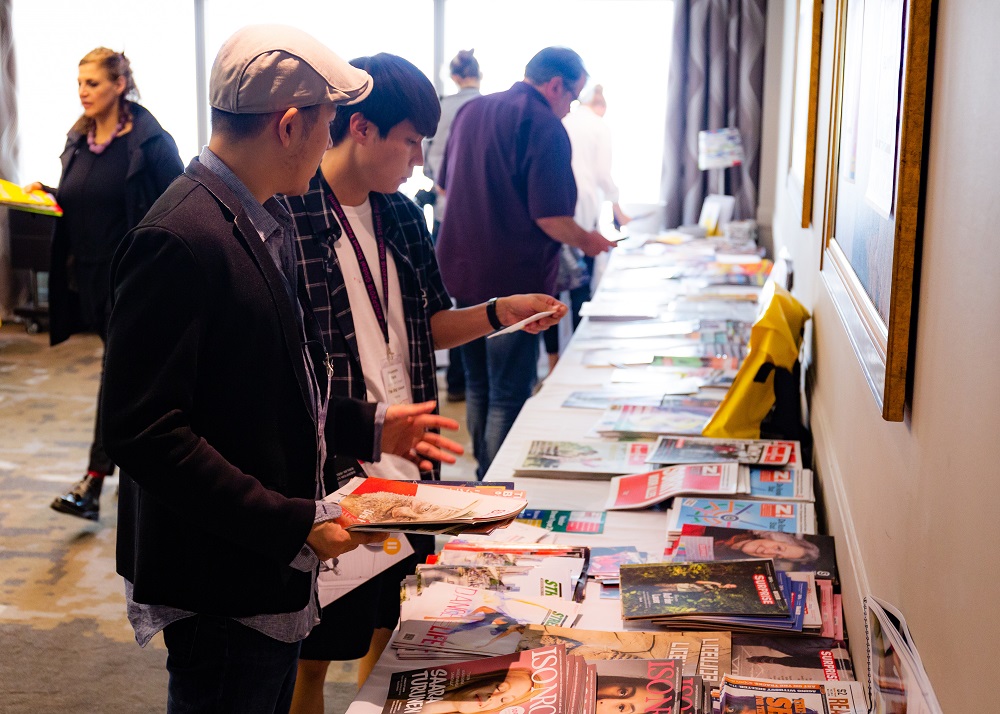
Before delegates headed off to spruce up ahead of the night’s INSP Awards, they broke into smaller groups to tackle issues related to the overall idea of using digital to street papers’ advantage.
This included a session on cashless payments and the new apps and technology to implement that.
In an increasingly cashless society, the vendor-customer transaction needs to keep up, and delegates heard from what The Big Issue Australia and Seattle’s Real Change have been doing in this field.
It’s a problem that street papers have been speaking about for many years, but there remain obvious challenges: the choice to create something bespoke or use an off-the-shelf product, whether that is an app or other technology; overcoming development and maintenance costs; practicalities for vendors in terms of getting the money instantly; the issue of the platform and payment fees; and making sure the organisations are in line with the financial and legal regulations of the different countries street papers exist in.
As of 2017, 19 street paper members revealed they take cashless payments, with eight of those having an app.









